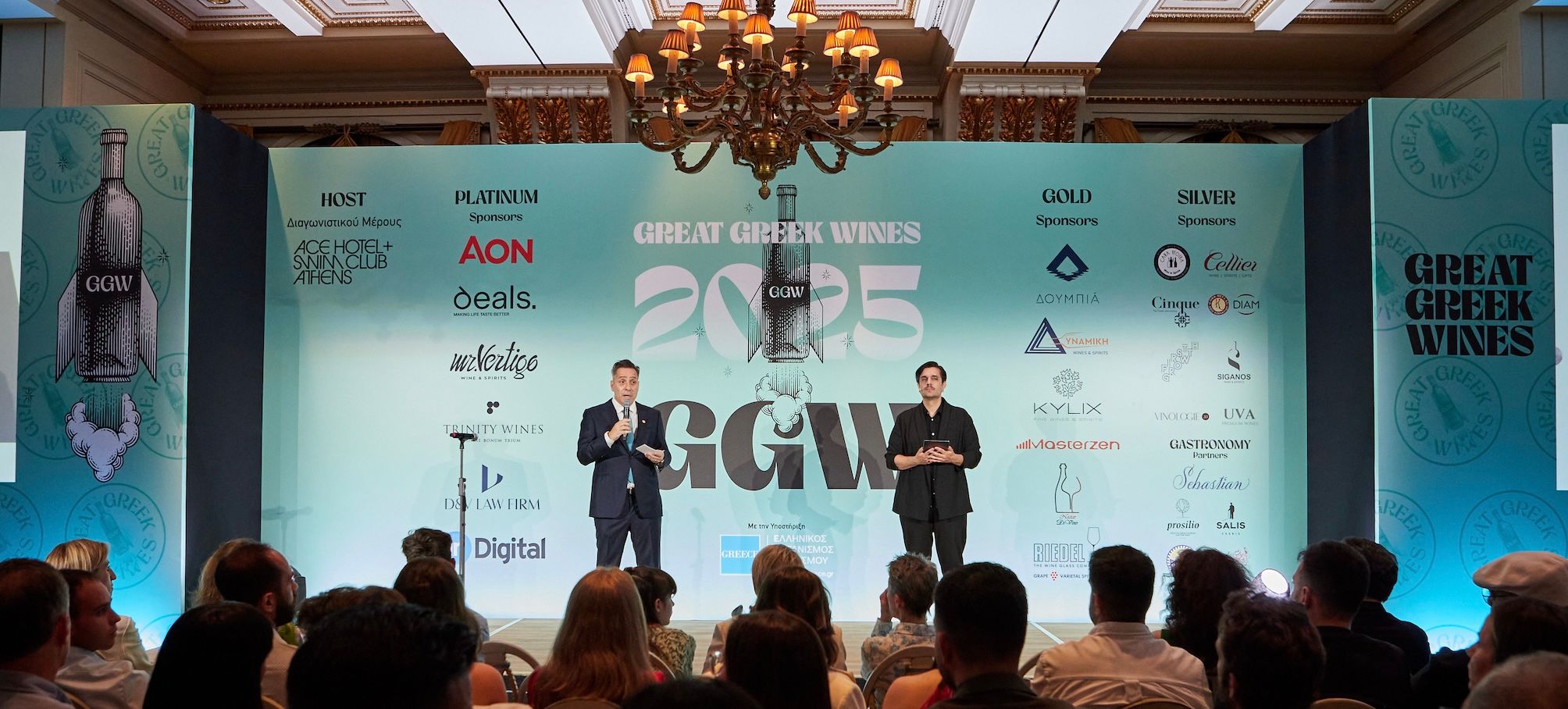The Great Riesling Tasting showcased this much misunderstood grape and proved once again why it produces some of the world’s finest wines.
The Great Riesling Tasting is a trade show held at Lindley Agricultural Halls every two years and is a trade and press tasting including two Masterclasses and an evening consumer event. Nine countries were represented by 47 exhibitors, although most of these were taken up by Austria, Australia, Germany, New Zealand and Alsace in that order.
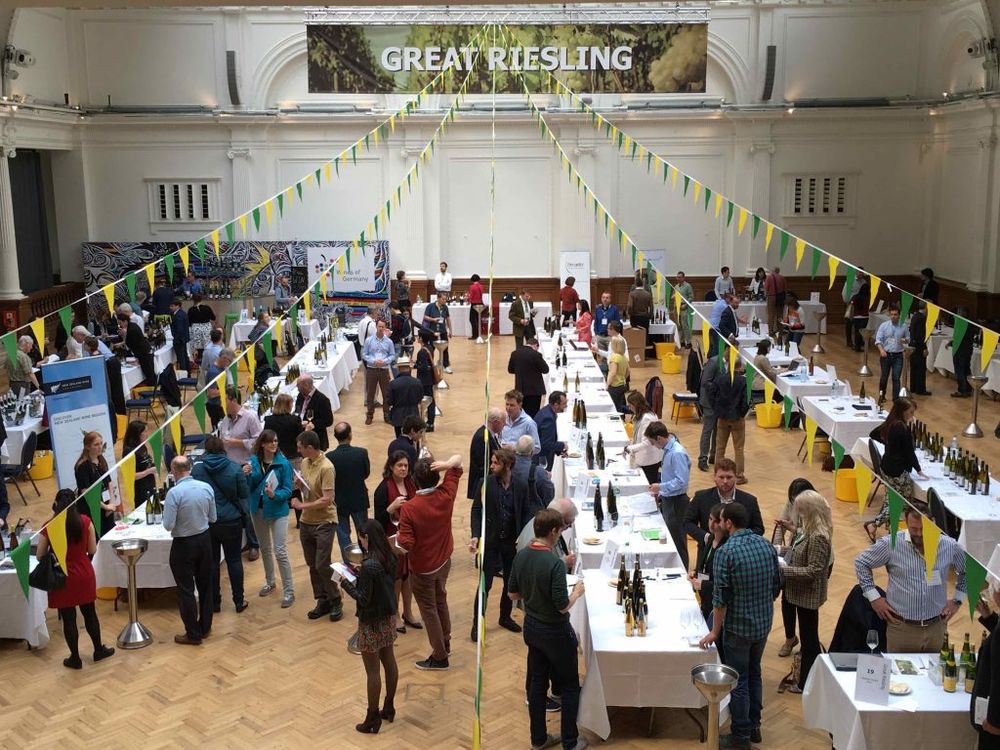
The Masterclasses this year were ‘Crafting Great Riesling in a Cool Climate’ with Austrian legend Willi Brundlmayer showing eight wines from his celebrated Heiligenstein and Steinmassel vineyards and ‘A Sense of Place: Dry German Riesling from Iconic Single Sites’ by German MW Anne Krebiehl (see separate piece).
Riesling is the only grape I can think of that has a global tasting such as this based around it. Sure, we have New Zealand Sauvignon Blanc and Californian Cabernet Sauvignon, but the Great Riesling Tasting event held in London this week focuses on a collection of international producers all working with just the one grape.
To have a global tasting around Riesling befits the cultish reverence that is instilled in the wine, is a reflection that in many countries and establishments it is still a niche wine, and in some ways by so doing arguably further polarises as much as it celebrates.
It is a mystery why Riesling is not more popular in this country. Maybe it’s collateral damage from the low quality sweet wines popular in the Seventies. I remember a well-known winemaker in the Mosel once telling me that “In the 1970s we exported all our shit and saved the real shit for England.” True or not, what is obvious is that since the faddish days of drinking sweet German wine, the market has never fully recovered.
Perhaps it’s a case of educating the customer or giving them exposure to it or, maybe like any drink trend, it will return or re-invent itself. Let’s hope so, there are just so many great examples of Riesling to enjoy and be discovered. Surely every wine list should have an Old World and New World Riesling on at the very least. And if possible also one sweet and one dry.
Riesling gives such great value for money, you can get entry level Old and New World for well under £10 trade and with, say, German Riesling 2015 the vintage is so good and consistent there is very little risk involved in going for an entry level Kabinett and hand-selling.
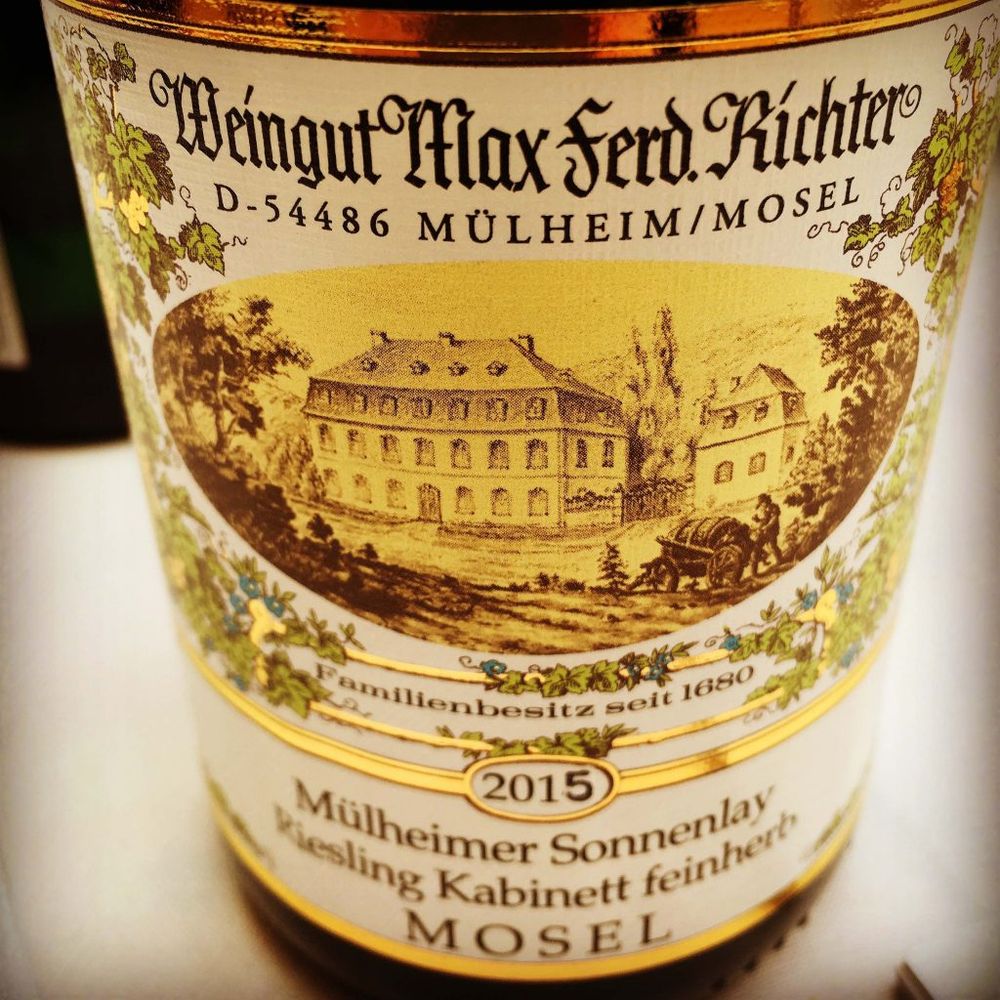
Off-dry entry level Riesling from Max Ferdinand Richter
Some quick takeouts:
Germany 2015 is an awesome vintage
And not just in the Mosel. Wines from the Pfalz, Saar, Nahe and Ruwer were all showing spectacularly well. Razor sharp acidity, abundant fruit, great balance. Harvests were down by up to 35% in some areas but there’s no mistaking the quality which is up there with 2009, 2010 and 2012 in terms of quality across all sweetness levels.
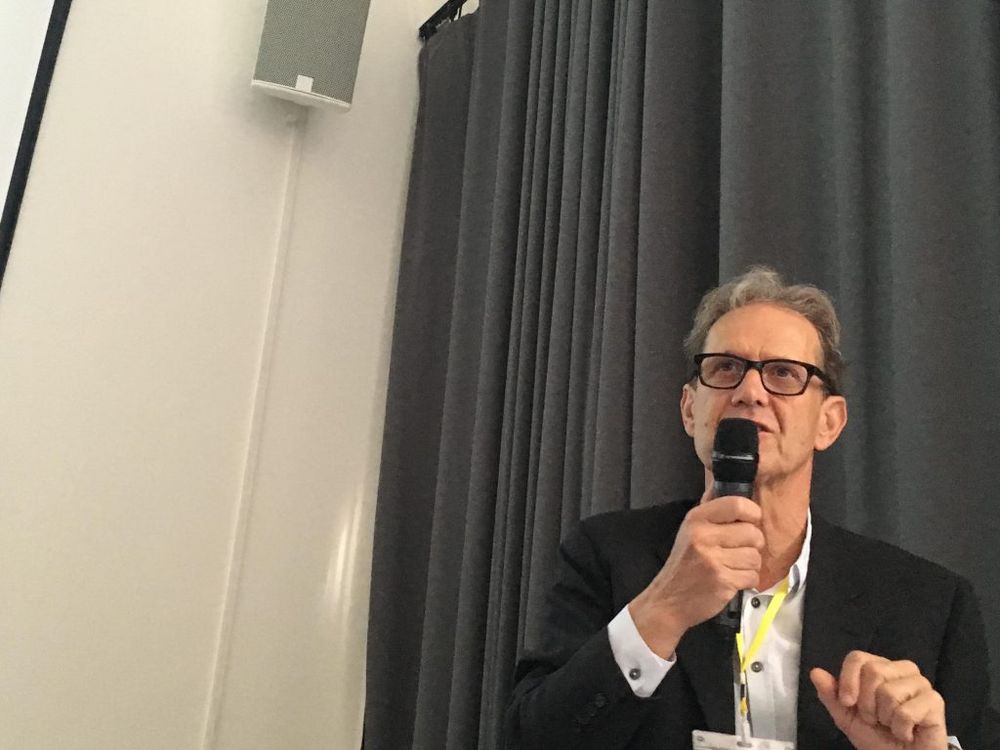
Willi Brundlmayer explains how one hectare is devoted to heat-resistant strains of Riesling
Climate change becoming a major issue
Climate change has played into the hands of North European growers for some years, helping Riesling mature on a more consistent basis. Iconic sites owe their status to peculiarities of topography and weather that has allowed Riesling to ripen more profoundly at these specific locations. Climate change has created a more level playing field in these areas where average temperatures have risen at least 1 degree celsius in the past 50 years. “Climate change was good for us in the past 40 to 50 years but now please stop,” said Willi Brundlmayer who has dedicated one hectare of his 11 hectares at the iconic Heiligenstein site to experimenting with heat-resistant strains of Riesling.

Brundlmayer’s Riesling is a revelation
Perhaps best know for his Gruner Veltliner, that makes up 70% of his output, Brundlmayer’s Riesling also displays the quality and skill both within the vineyard and the winery. Austrians drink 65% of Austrian wine and they prefer their Riesling drier than the Germans do – the wines Brundlmayer showed in his masterclass were all great examples of cool climate Riesling. The cool evenings during growing bring a lemony acidity to the finished wines that is evident in both the younger and older wines as demonstrated by tasting the Riesling Zobinger Heiligenstein Alte Reben in the 1995, 2008, 2011 and 2014 vintages.
Check the vintage heat with food pairing
A cold vintage Riesling matches river and sea fish dishes particularly well, a warmer vintage is better with spicier dishes such as Asian. It’s worth knowing your vintages before purchase as this will make a considerable difference as to how the wine pairs the food.
Chile’s Cono Sur looking at on-trade
Chile’s largest producer of Riesling exports most of its Riesling to Japan, Canada and the UK in that order. Cono Sur has almost half of Chile’s 100 Riesling hectares and produces the Reserva Especial Riesling that retails for £8.99 in Tesco. They are now looking to make inroads into the on-trade. Watch this space.
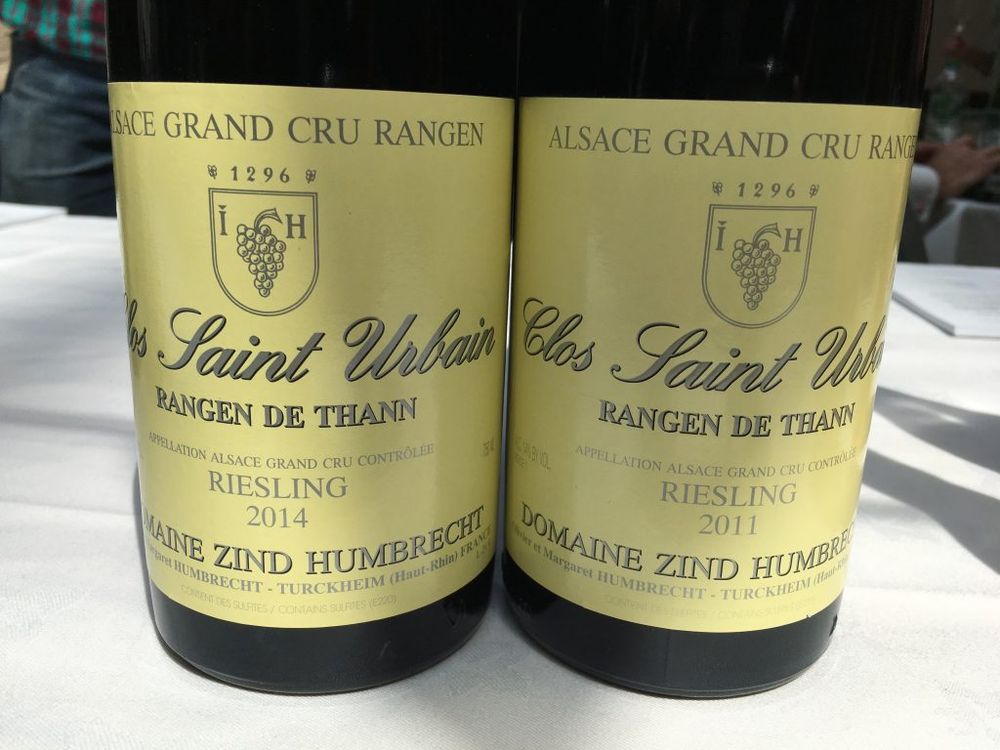
Premium quality in the Alsace
Four houses which were showing off their finest were Famille Hugel whose Grossi Laue 2010 is the first vintage of their ‘grand cru’ wine – this was beautifully complex, layered wine – their 2014 Classic Riesling had fresh clean acidity running through it like a pin and is a much lower price point. Domaine Josmeyer‘s standout for me was its Grand Cru Hengst, 2011. Domaine Zinck had its award-winning Portrait 2015 on show which was like pure honeysuckle on the nose. Domaine Zind Humbrecht‘s standouts were the spicy Riesling Rangen de Thann Clos St Urbain Grand Cru 2011, and the recently bottled 2014 vintage that oozed flavour with well-integrated acidity and bags of minerality from the volcanic soil.






